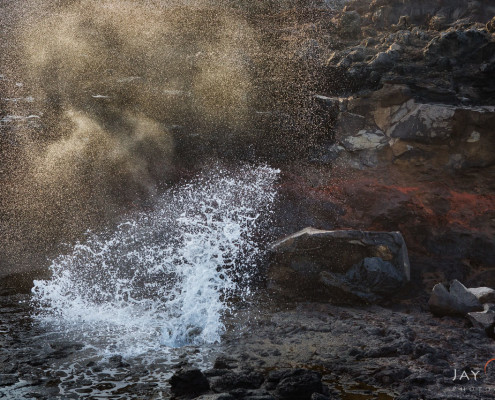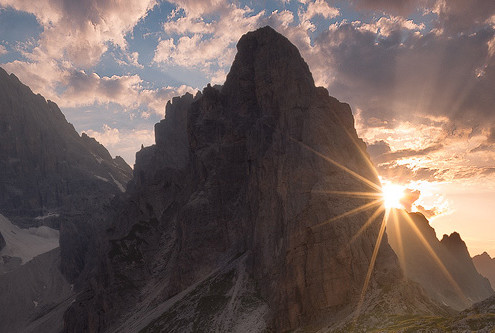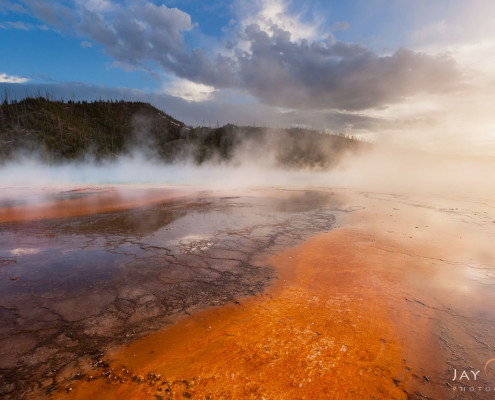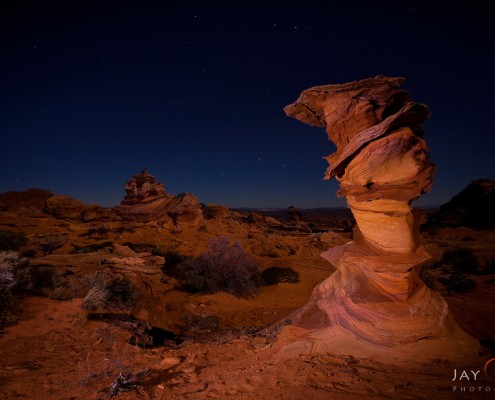Tag Archive for: Exposure

Indispensable Lessons for setting Exposure in Photography
/
6 Comments
Knowing about the exposure triangle is not enough for nature photographers to master exposure in photography and realize their creative vision.

The ONLY reason to change your ISO in Photography
Josh Cripps explains why landscape photographers should firmly plant their ISO in photography at its lowest possible base setting except for this reason.

Tips for Creating the Perfect Sunstar for Landscape Photography
Sunstars can make a strong point of interest in your landscape photography. Erin Babnik shares the secrets on creating the perfect sunstar.

Why Landscape Photographers Should Expose To The Right
Can the simple change of expose to the right improve your images? Here is what pro landscape photographer Charlotte Gibb has to say about it.

When to use Auto ISO Setting for Nature Photography
Professional Photographer Jane Palmer explains when and how to use Auto ISO setting on your camera for Landscape Photography.

How to use Histograms in Photography
Pro photographer Jay Patel shows us look at how to use photography histograms to fine tune your camera exposure and post processing.

A Beginner’s Guide to Camera Histograms in Photography
Here is an article by pro photographer Kate Silvia that gives you an insight into why and how you should be using histograms in photography.

Multiple Camera Exposure – Fun, Creative Techniques to Try
Joshua Cripps shares some fun and creative things nature photographers can experiment with using multiple in-camera exposure.

When To Use High ISO for Landscape and Nature Photography
Kate Silvia shares advice on when it is appropriate to use high ISO in Landscape and Nature Photography Images.

Do I have to shoot silhouettes at sunset?
The foreground of my sunset photos turns out completely black. What am I doing wrong?
